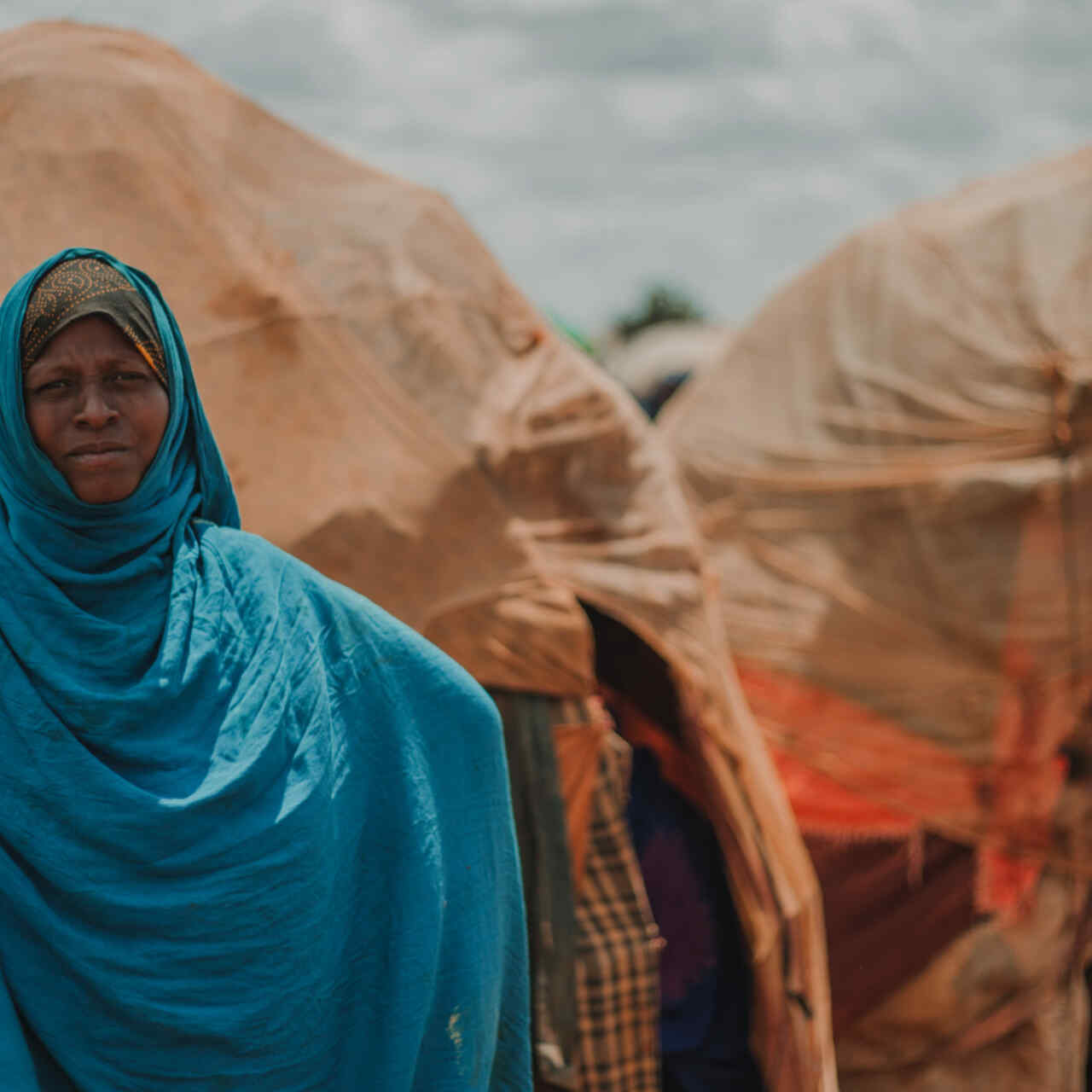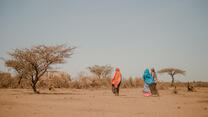
Climate change is one of the most pressing issues of our time, and it's essential to stay up-to-date with the latest developments in this field. However, it can be a little overwhelming to keep up with climate news due to the use of buzzwords and jargon.
Don't worry - we've got you covered. We want to give you a basic understanding of the top 5 buzzwords around climate that you need to know, whether you're an eco-warrior, a business owner or a policymaker. And the best part? It’ll only take five minutes to learn. Let's dive in!
1. Carbon footprint
This is the total amount of greenhouse gas emissions an individual, organization or product produces. These emissions include gases such as carbon dioxide, methane and nitrous oxide, which trap heat in the Earth's atmosphere and contribute to global warming. To reduce the overall impact of greenhouse gases on the environment, it is essential to understand the carbon footprint, which measures the amount of CO2 equivalents emitted.
An example of carbon footprint is the total amount of carbon dioxide and other greenhouse gases that are emitted into the atmosphere as a result of an individual's or organization's activities, such as driving a car or using electricity.
2. Climate resilience
Climate resilience refers to the ability of a system, community or region to withstand the impacts of climate change, such as extreme weather events, sea level rise, and drought. Climate resilience involves preparing for and adapting to the changes already happening due to climate change. It is essential for ensuring that people can cope and recover from climate disasters in more sustainable ways.
Building sea walls and establishing early warning systems to guard against flooding and other impacts of rising sea levels and severe storms is an example of improving climate resilience for coastal communities. Such measures enable these communities to endure and recover from the effects of climate change and adjust to the changes in their surroundings.
3. Climate finance
Climate finance is the funding dedicated to activities that reduce greenhouse gas emissions or support adaptation measures to decrease the effects of climate change. Climate finance can come from various sources, including governments, international organizations, and private companies. Investing in climate finance is crucial for achieving a sustainable future.
The IRC urges world leaders to fulfill the global commitment to provide $100 billion annually in climate financing, with a greater share of this financing directed to adaptation efforts and climate-vulnerable, conflict-affected communities.
4. Net Zero
Net zero is when the amount of greenhouse gas emissions produced equals the amount removed from the atmosphere. Achieving net zero is crucial to limit global warming and prevent the worst impacts of climate change.
To attain net-zero, we need to reduce greenhouse gas emissions as much as possible and offset the remaining emissions by removing carbon from the atmosphere through activities such as afforestation (planting trees) and reforestation.
5. Climate Crisis
The climate crisis is the severe disruption of the Earth's climate patterns, driven by human-induced changes. An increase in greenhouse gas emissions from human activities such as burning fossil fuels, deforestation, and agriculture causes a climate crisis, creating immense environmental and societal impacts. Addressing the climate crisis requires fostering global cooperation for sustainable solutions to resilience, transitioning to renewable energy sources and strengthening climate finance.
The September 10th floods in Libya, caused by Storm Daniel, shows how climate change compounds conflict and economic instability to exacerbate crisis. Even before this devastating flood, Libya was grappling with the consequences of prolonged conflict, leaving approximately 800,000 people in need of humanitarian assistance. But the overwhelming amount of rain that fell, combined with ineffective early warning systems, and preparedness measures and deteriorating infrastructure, like dams and bridges in need of repair, deepened this crisis.
In conclusion, it's crucial for everyone to understand these concepts. This way, we can all do our part in reducing our carbon footprint, becoming more resilient to climate change, and helping to move towards a carbon-neutral future. By working together and advocating for climate action by our governments and by businesses, we can address the climate crisis and ensure a sustainable future for future generations.
What is the IRC doing to combat climate change?
The IRC helps communities adapt to climate change by mapping hazards, supporting sustainable livelihoods, and prioritizing the needs of women and girls.
In addition, the ambitious IRC climate action plan has set us on a course to change how we work to reduce our carbon footprint. We have also committed to reaching net-zero greenhouse gas emissions by 2050.



